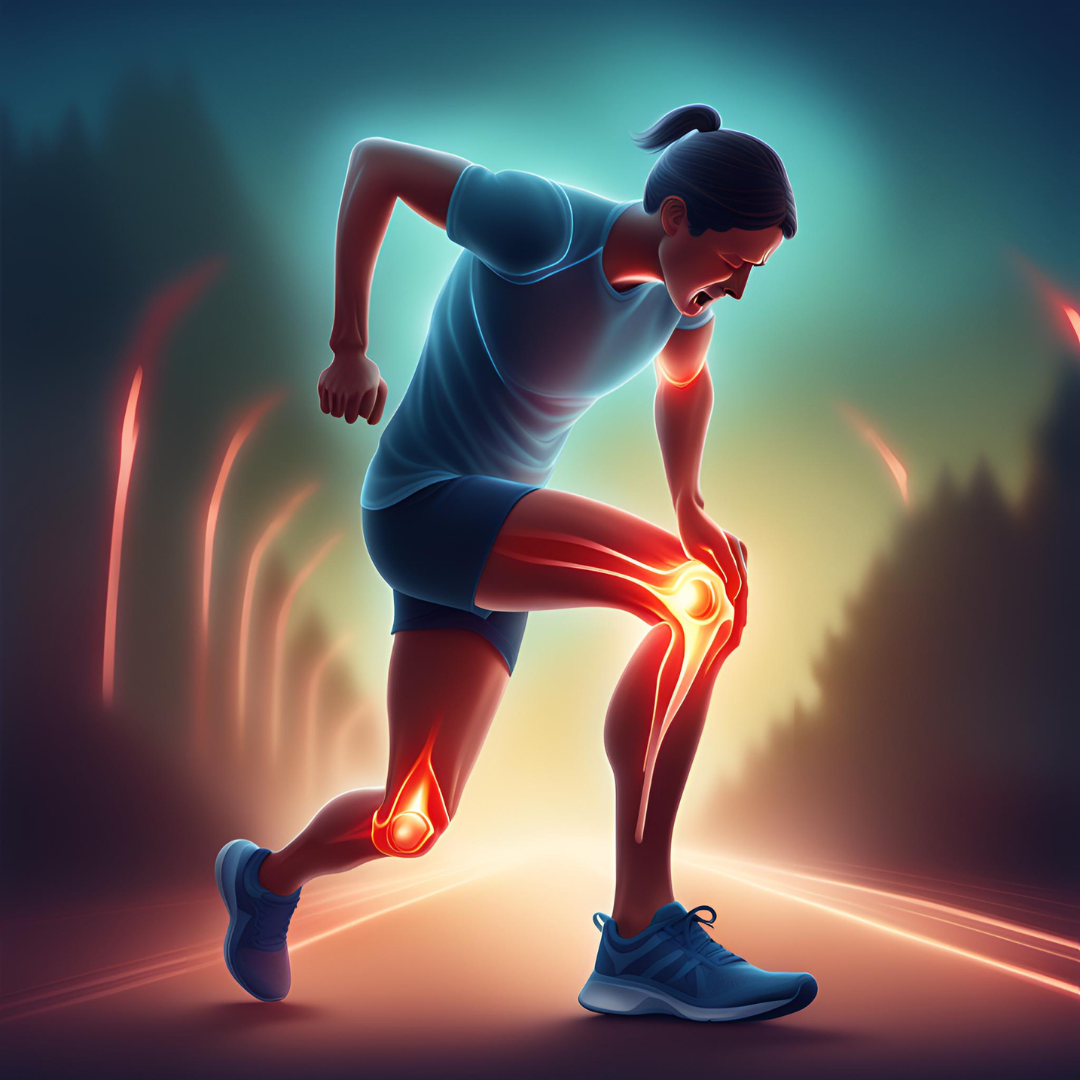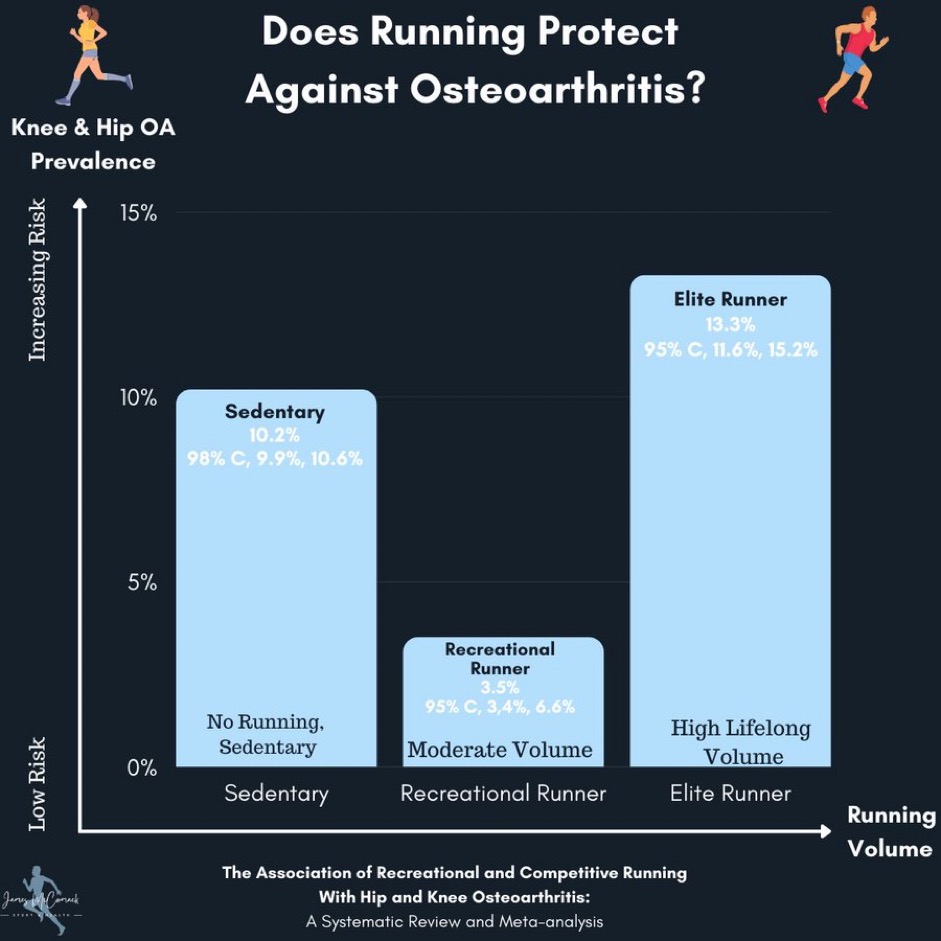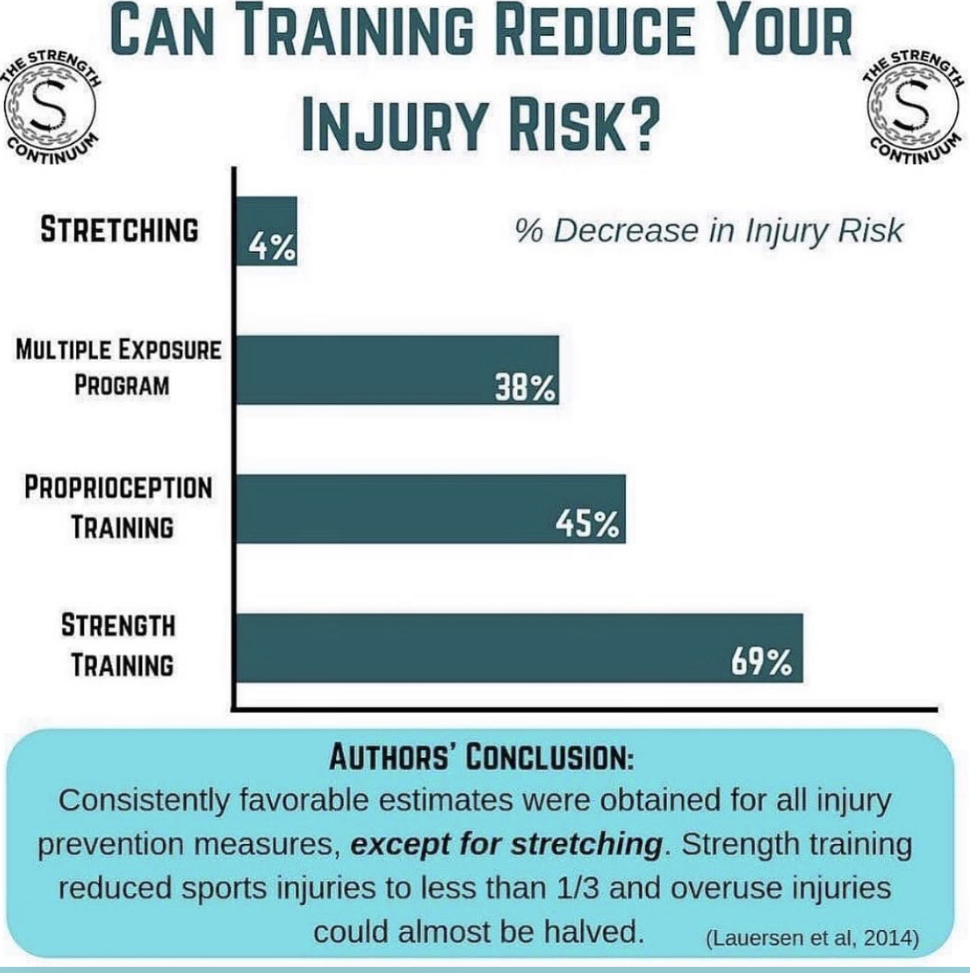BLOG
Knee Pain Should NOT Keep You from Running
Have you been told you need to ditch running because of your knee pain? What if I told you that you should not listen to this advice? You’re probably thinking, “sure that sounds nice but every time I run, it hurts and I have tried everything”.
Jun. 13, 2024
Dr. Donald Mull, DC

Have you been told you need to ditch running because of your knee pain? What if I told you that you should not listen to this advice? You’re probably thinking, “sure that sounds nice but every time I run, it hurts and I have tried everything”.
This is a conversation and scenario we see far too often when we meet with people and get the opportunity to help them get back to running. Many people will tell us they have tried physical therapy but “it didn’t work for them”. Some will say “I was given a sheet of exercises that I could’ve just found on the internet so I went twice and stopped going” or “the therapist was really nice but I was getting the same exercises as everyone else in the room and it didn’t seem very challenging” or “I liked the staff but it seemed like a med spa and felt good but I still had the same problems so I stopped after a couple sessions”.
These are examples we hear on a daily basis. Let’s talk about how a catered game plan and exercises that are challenging enough to simulate the demands of running is a GAME CHANGER for most people we see.
When we meet with someone for the first time, we dedicate 90 minutes of time completely one on one with a doctorate level clinician. We do this so we can get to know each and every aspect of your story so we can sift out what factors may be contributing to the sensations and limitations you may be experiencing.

The unique characteristics of your story along with what we find together when we bring you through a workout give us much more usable information than a medical diagnosis of meniscus degeneration, osteoarthritis, patellofemoral pain syndrome, etc. How much running and other activities you are currently able to handle as well as what your current goals are should dictate your rehab program. This is what is trainable and what is changeable. The reality is, once we have made sure the pain you are experiencing is not in need of surgery or other medical attention, we no longer need to focus on the diagnosis. We need to focus on how to get you to your goals.
For example, if you have experienced your problem pretty consistently after 30 minutes or so into the run you don’t have a knee problem, you have a muscle endurance problem. If you have pain going downhill or down stairs, you do not have a knee problem, you have a force absorption problem. If you have knee pain when you bend your knee in a weighted squat but no pain when you take the weight away, you do not have a knee problem, you have sensitivity to load. If you have knee pain when you run three days in a row but not when you run once in a week, you do not have a knee problem, you have a load management problem.
We are pretty confident saying that running is not bad for your knees because well that is what the research has told us. For example, if you take three groups of individuals, the first being sedentary, the second being recreational runners and the third being elite runners clocking over 50 miles a week, who do you think has the most arthritis? Interestingly, those who have the least arthritis in their knees by far are the recreational runners(1). Essentially the ones who run at moderate levels. Because the impact and cyclical nature of running encourages a response for the body to lubricate the joint and encourage resilience of the cartilage and articular surfaces of the joint. From this perspective running is actually PROTECTIVE.

With that being said, we do believe that if someone is experiencing adverse effects from running we should make sure they are preparing their body for the demands of this activity. In order to do so, we need to realize that the demands of running are quite high. Running is essentially jumping from one foot to another for thousands of reps at a time. Each time the foot strikes the ground the leg muscles take on anywhere from 2 to 8 times your bodyweight in forces(2)!

This piece of information is very crucial in my humble opinion. This is why easy “rehab” exercises with light bands are not enough to prepare the body to be exposed to these amounts of forces. Not saying these lower intensity movements that focus on body position, mobility or balance are useless, they are just a warmup for what runners should be doing in their rehab and training.
The way we can prepare the body for running is with HEAVY resistance and some plyometrics. When runners introduce this type of training there is a positive effect on running performance and the longer they stick to the program the better the performance(3). If increasing performance is not enough of a reason to implement strength training to your regular routine, it also decreases the risk of future injuries once you do return to your full running routine (4,5).

When looking at the demands of running and seeing how the body can adapt and respond to lifting weights and jump training, this is precisely what one’s rehab should look like. This may take time to build into but it should be continuously progressing until it looks like full resistance training and jump training that supplements your running routine.
Keep in mind that this process takes time (much longer than a few sessions). You should be allocating 12 weeks plus of training sessions to allow the body to adapt to the stressors you put on it. This is why we ensure guidance during this whole process, whether we work with you very frequently or not depends on how much guidance we agree you may need. With that being said, we will always be in your corner to help guide you through your training and your journey back to hitting the pavement WITHOUT limitations and maybe even better than ever!
Resources
- Alentorn-Geli E, Samuelsson K, Musahl V, Green CL, Bhandari M, Karlsson J. The Association of Recreational and Competitive Running With Hip and Knee Osteoarthritis: A Systematic Review and Meta-analysis. J Orthop Sports Phys Ther. 2017 Jun;47(6):373-390. doi: 10.2519/jospt.2017.7137. Epub 2017 May 13. PMID: 28504066.
- Dorn TW, Schache AG, Pandy MG. Muscular strategy shift in human running: dependence of running speed on hip and ankle muscle performance. J Exp Biol. 2012 Jun 1;215(Pt 11):1944-56. doi: 10.1242/jeb.064527. Erratum in: J Exp Biol. 2012 Jul 1;215(Pt 13):2347. PMID: 22573774.
- Eihara Y, Takao K, Sugiyama T, Maeo S, Terada M, Kanehisa H, Isaka T. Heavy Resistance Training Versus Plyometric Training for Improving Running Economy and Running Time Trial Performance: A Systematic Review and Meta-analysis. Sports Med Open. 2022 Nov 12;8(1):138. doi: 10.1186/s40798-022-00511-1. PMID: 36370207; PMCID: PMC9653533.
- Lauersen JB, Bertelsen DM, Andersen LB. The effectiveness of exercise interventions to prevent sports injuries: a systematic review and meta-analysis of randomised controlled trials. Br J Sports Med. 2014 Jun;48(11):871-7. doi: 10.1136/bjsports-2013-092538. Epub 2013 Oct 7. PMID: 24100287.
- Hameed I, Farooq N, Haq A, Aimen I, Shanley J. Role of strengthening exercises in management and prevention of overuse sports injuries of lower extremity: a systematic review. J Sports Med Phys Fitness. 2024 Mar 12. doi: 10.23736/S0022-4707.23.15470-3. Epub ahead of print. PMID: 38470015.
Related Posts
“Are Dancers Athletes?”
The simple answer to this question is F#$k yes they are! And for any dance athletes reading this you need to see yourself thi...
Read more
The Patient Experience: What You Can Expect Working with Kinetic Impact
"My pain got the point it was impacting my ability to stay active..." My lower back had been hurting off and on for more than...
Read more
Why Working Out is Good For You
What are the benefits of being physically active? For the most part, I think it is pretty safe to say we inherently know that...
Read more
Search the Blog